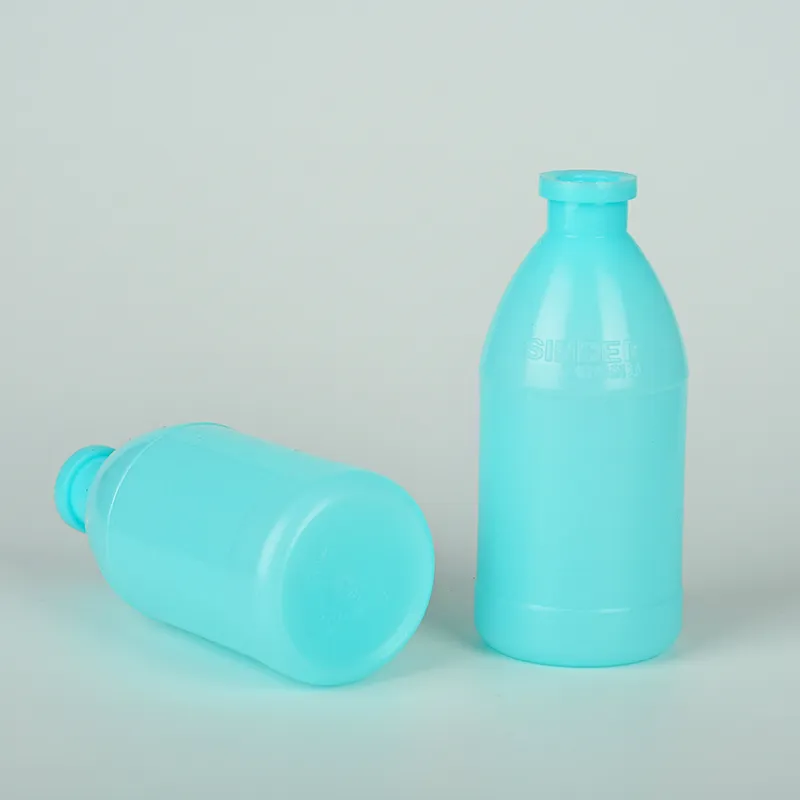Comparing Cell Culture Dishes and Petri Dishes for Laboratory Use and Research Applications
Cell Culture Dish vs. Petri Dish Understanding the Differences and Applications
In the realm of biological research and cell culture, two common types of vessels utilized for cultivating cells are the cell culture dish and the petri dish. While they may appear similar at first glance, their specific design features, uses, and advantages make them suitable for different applications in laboratory settings. Understanding the distinctions between these two types of dishes is essential for researchers and technicians in life sciences.
What is a Petri Dish?
A petri dish, also known as a petri plate, is a shallow, flat, circular, transparent dish typically made of glass or plastic. It has a lid that fits snugly over the dish, creating a small environment that can help minimize contamination. Petri dishes are most commonly used for microbiological work, such as culturing bacteria, fungi, and other microorganisms on solid media. The classic use of petri dishes is in microbiology, where researchers can spread or inoculate samples and observe bacterial growth, colony morphology, and behavior.
The simple structure of a petri dish allows for versatile applications. However, they may not provide controlled environments ideal for the growth of more complex eukaryotic cells such as mammalian or plant cells, which have specific requirements for nutrients, gas exchange, and attachment to a solid surface.
What is a Cell Culture Dish?
Cell culture dishes, on the other hand, are specifically designed for the growth of eukaryotic cells. These dishes come in several configurations, including standard dishes, plates with multiple wells (multiwell plates), and flasks. Typically made of polystyrene or other materials, cell culture dishes are often treated to enhance cell attachment and growth. The surfaces may be coated with extracellular matrix proteins or other substances to support cell adherence, which is particularly important for anchorage-dependent cells.
cell culture dish vs petri dish

Cell culture dishes are designed to create an optimal growth environment for cells, offering features such as increased surface area, gas exchange capabilities, and in some cases, sterility. They also include options for sealing (with lids or covers), which helps to prevent contamination and maintain conditions such as humidity and gas concentrations, essential for cell viability.
Key Differences
The main differences between cell culture dishes and petri dishes hinge on their design intentions and usage. While petri dishes are versatile and primarily serve microbiological needs, cell culture dishes are tailored for eukaryotic cell growth and experimentation. Petri dishes often lack the surface treatments found in cell culture dishes that promote optimal cell attachment and proliferation.
Additionally, cell culture dishes come in various configurations, allowing researchers to work with multiple samples simultaneously (as in multiwell plates) or to create a larger surface area for cell growth. In contrast, traditional petri dishes are typically singular in dimension, which might constrain their use in high throughput screening applications.
Conclusion
In summary, both petri dishes and cell culture dishes serve crucial roles in laboratory settings, yet their applications are strongly dictated by the type of cells under study. Petri dishes are invaluable for microbiological research, whereas cell culture dishes provide the tailored environments needed for eukaryotic cell studies. Understanding these differences allows researchers to select the appropriate tools for their specific applications, leading to more effective and reliable results in biological research. Selecting the right dish ensures optimal growth conditions and contributes to the overall success of experimental outcomes.
-
White Plastic Veterinary Vaccine Vials | Lab Liquid BottlesNewsAug.18,2025
-
Plastic Medicine Liquid Bottle: Secure Flip Top Drug VialsNewsAug.17,2025
-
Durable 250ml Blue Plastic Vaccine Vial for Lab & Vet UseNewsAug.16,2025
-
Sterile Virus Sample Tubes: Secure & Reliable Specimen CollectionNewsAug.15,2025
-
White 250ml Plastic Vaccine Vial for Lab & Vet MedicineNewsAug.14,2025
-
Premium Clear Plastic Vaccine Vials for Lab & Vet MedicineNewsAug.13,2025
























